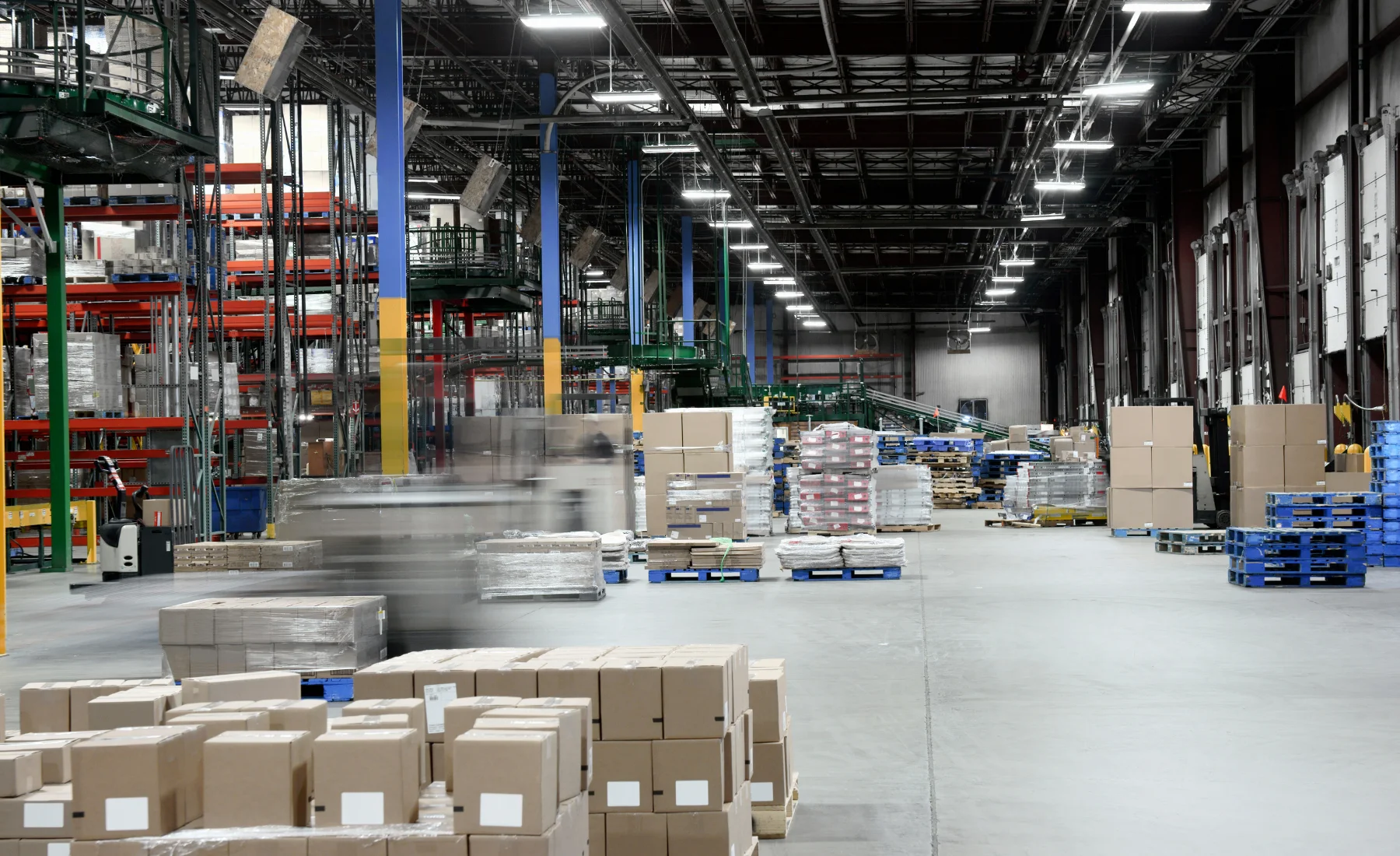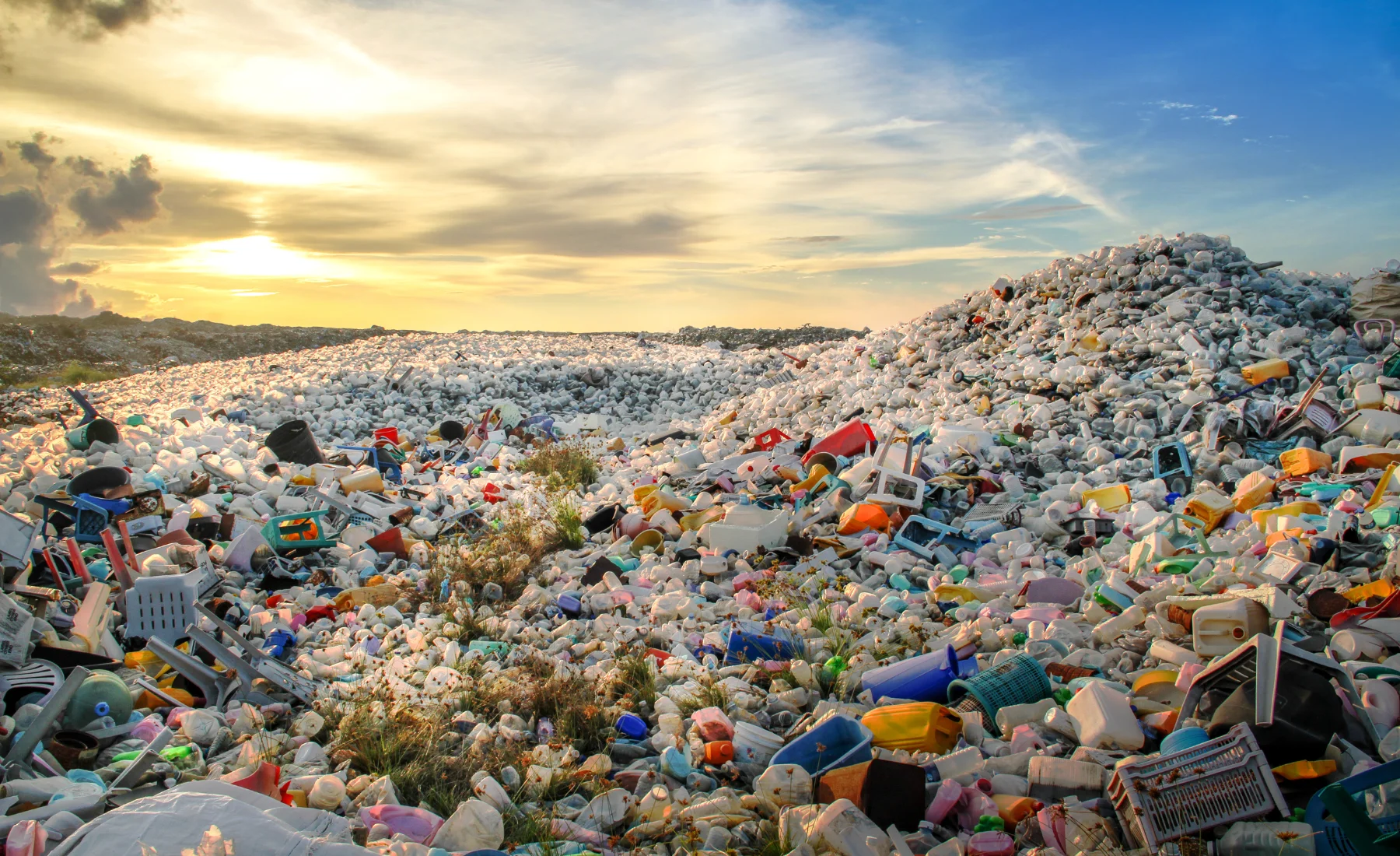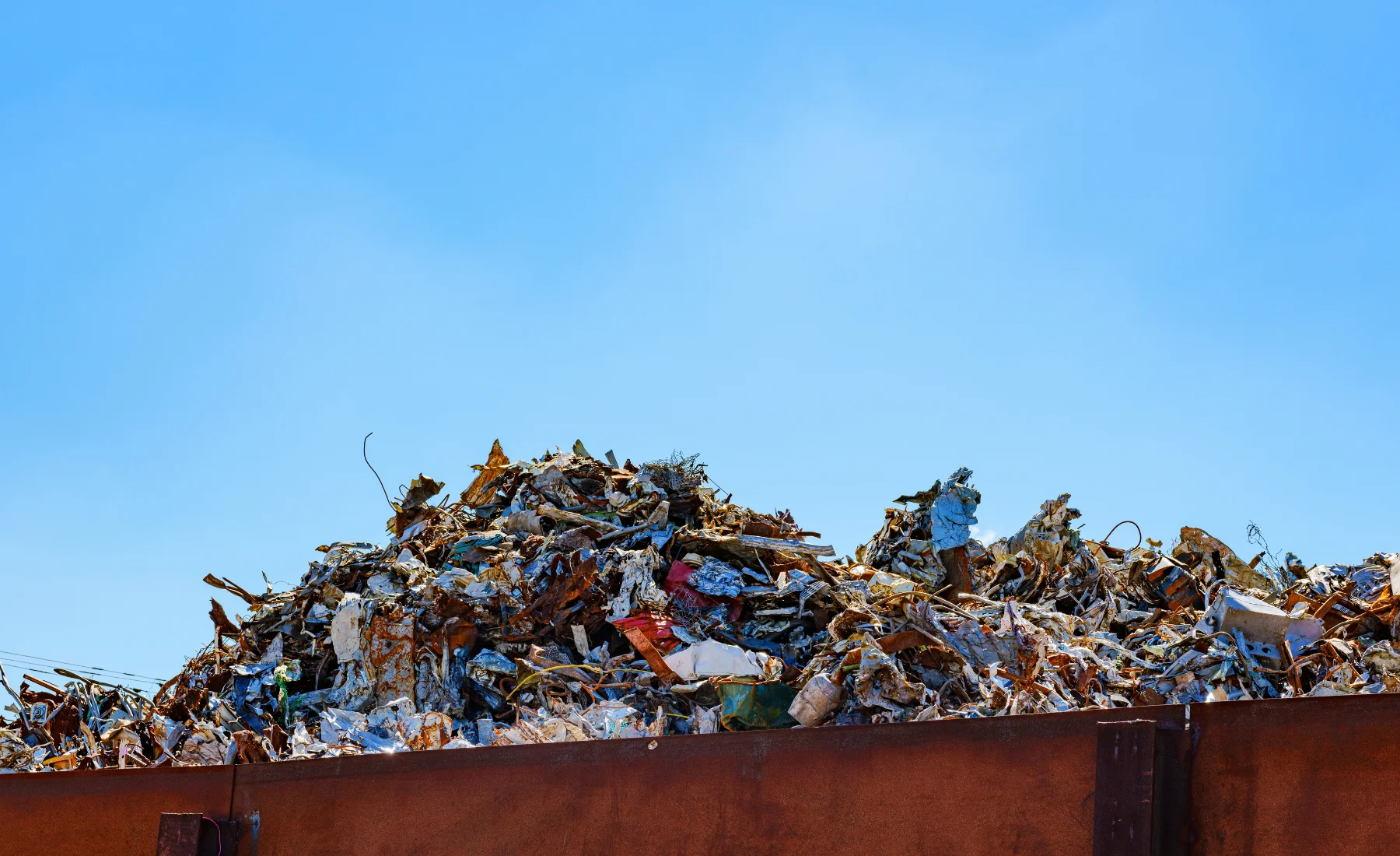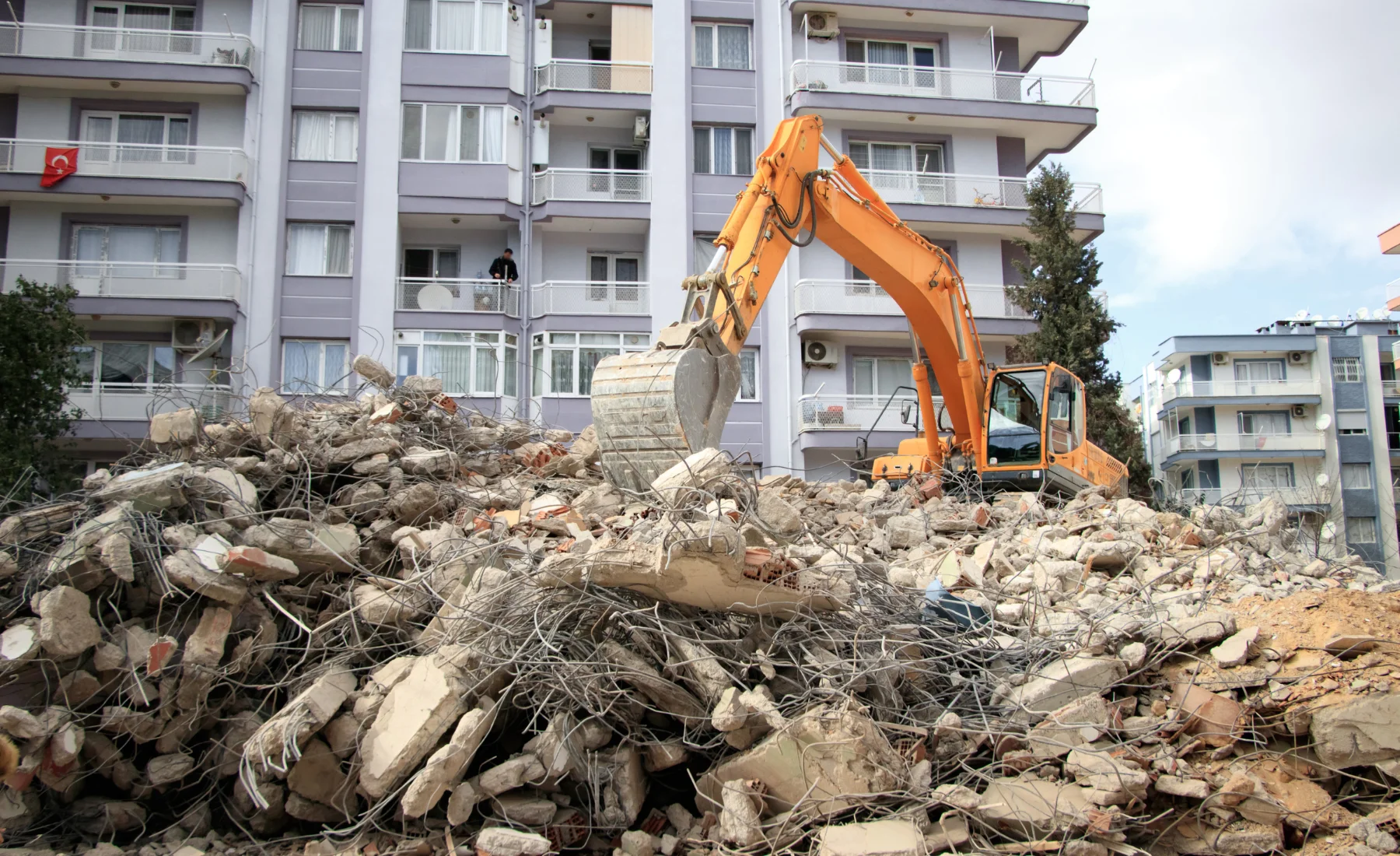For distribution centers across Québec, efficiency isn’t just a buzzword, it’s a necessity. When it comes to waste management, operational bottlenecks caused by overflowing containers, excessive collections, and wasted space can add up to significant costs and environmental impact. That’s why the integration of Artificial Intelligence (AI) and the Internet of Things (IoT) is rapidly transforming how we think about on-site compaction, delivering both measurable savings and a sustainable edge.
Distribution Centers: Why On-Site Compaction Efficiency Matters
Distribution centers serve as the beating heart of supply chains, managing a continuous inflow and outflow of goods, along with the waste streams they generate. Cardboard boxes, plastics, stretch film, broken pallets, and the occasional surprise in the bin can fill waste containers quickly. Inefficient compaction leads to:
- Too-frequent container collections (which hike up costs and disrupt operations)
- Wasted space in containers, meaning you’re paying to haul air
- Overflowing bins that can create regulatory, safety, and cleanliness risks
Here in Québec, reducing waste volume by 60-70% is possible, as seen with our BinMasters Québec mobile compaction services. But how can AI and IoT make these gains even greater for distribution hubs?
How IoT Transforms Waste Monitoring
IoT sensors embedded in compaction trucks or even within container infrastructure offer real-time monitoring of bin fill levels, compaction pressure, and even the types of materials being processed. This brings a new layer of intelligence to an otherwise manual operation by:
- Reducing manual checks: Sensors alert teams to actual fill status, so collections are triggered only when necessary.
- Preventing overflows and unnecessary pickups: Immediate notifications and remotely accessed dashboards empower proactive, not reactive, decisions.
- Data gathering for sustainability goals: Track recycling rates, contamination, and diversion metrics over time.
Bringing AI into the (Trash) Equation
So where does AI fit in? By analyzing the rich streams of data generated by IoT, machine learning algorithms can spot efficiency trends and make predictions. Imagine a system that learns:
- Which days certain containers are likely to fill fastest
- How material types and shipment schedules affect compaction needs
- When maintenance may be required, minimizing downtime by predicting issues before they cause problems
For distribution centers, this means optimized scheduling of on-site compaction, so our BinMasters Québec team arrives at precisely the right time, compacting waste when fill levels truly warrant it, and ensuring every collection counts.
Operational & Environmental Payoffs of Smart Compaction
Let’s dig into the real-world benefits that smart, AI- and IoT-informed waste compaction brings to distribution centers:
- Cost Optimization: Fewer collections, reduced hauling fees, and optimized use of each container.
- Workplace Efficiency: Less staff time spent monitoring bins and resolving overflow issues.
- Sustainability: Lower greenhouse gas emissions thanks to reduced transportation needs, and data-driven pathways to increase recycling rates.
- Compliance: Data logging and reporting support traceability and regulatory adherence for waste management mandates in Québec and across Canada.
What a Waste Management Workflow Looks Like (With AI & IoT)
- Sensors monitor fill levels and compaction cycles in real time.
- Data is transmitted to a centralized dashboard, accessible by operations managers and waste management partners like us.
- AI-driven predictions schedule the optimal compaction frequency and collection timing, based on your site’s specific rhythms.
- Targeted service: Our BinMasters Québec crew is dispatched only when and where it’s truly needed, minimizing costs and maximising every compaction intervention.
- Reporting and analytics: Regular summaries help you quantify savings, boost diversion, and prove your impact to shareholders, regulators, or sustainability auditors.
The Future of Distribution Center Waste: Practical, Smart, and Green
Waste volumes are only increasing with Québec’s growing logistics, retail, and e-commerce sectors. As AI and IoT continue to advance, we’ll see even smarter tools on the horizon, think camera-based contamination detection for recyclables, or seamless back-end integrations between waste, procurement, and operations teams. But most importantly, the road ahead lies in simple, actionable improvements: get every bin to its maximum usable capacity, collect waste only when needed, and empower your people with data to keep your operations lean, safe, and compliant.
Ready to Experience Next-Level Waste Management?
We know firsthand that the future of waste management in distribution is smart, mobile, and built on transparent results. If you’re aiming to cut costs, streamline workflows, and show measurable environmental leadership, now is the moment to explore smarter compaction solutions.
Discover how our mobile waste compaction services at BinMasters Québec can help your distribution center achieve 60-70% reductions in waste volume, optimize collection schedules, and support your sustainability agenda, without long-term contracts or disruptive installations. Your first compaction is free, and the savings start immediately!
.svg)





